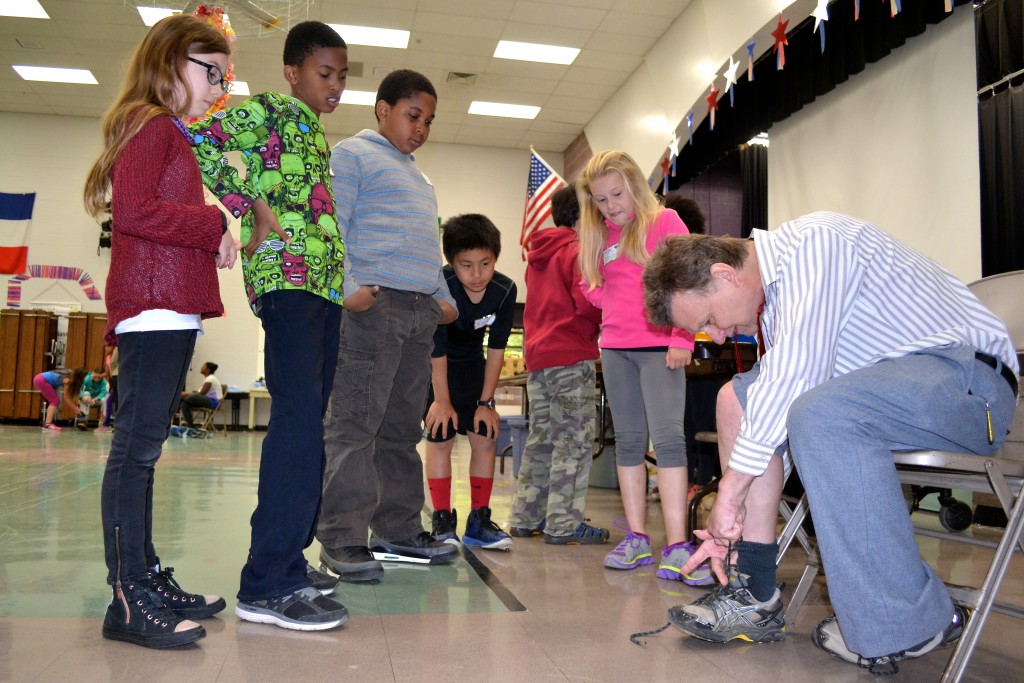
By Jo Mathis
AAPS District News Editor
By the end of this school year, many AAPS fourth graders will have a better idea of what it’s like to live with a disability, and how to empathize with those who do.
That’s because once again this year, students have attended a Disabilities Awareness Workshop in which they cycle through hands-on stations and talk with people who have disabilities.
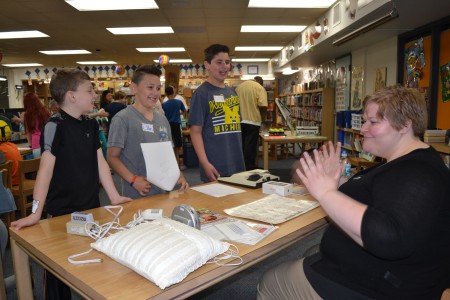
Indigo, an Abbot fourth grader, recently attended the workshop where she and her classmates spent time at stations focused on adaptations, prosthetics and wheelchairs, vision, speech and hearing impairments, fine motor skills and learning disabilities.
“This is kind of neat to learn because my papa has a disability with his arm,” she said, referring to her grandfather.
The program was brought to Ann Arbor several years ago by parents of special needs students in AAPS. Through the efforts of the Ann Arbor Parent Advisory Committee for Special Education, a small number of sites per year under the direction of volunteer coordinators Amy Shepherd and Karen Meints eventually grew to all of the elementary schools.
This year, the new coordinator is Carolyn Grawi, who is also the executive director and CEO of the Ann Arbor Center for Independent Living.
CIL staffs the activities, and parent volunteers help out, as well.
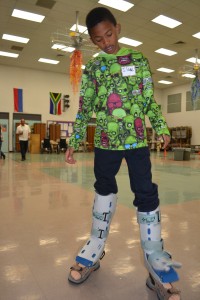
“We are helping to educate our students to understand and accept difference,” said Grawi, who was helping children at the boot station, which simulates the experience of someone with prosthetic limbs. “We all have differences. We are all unique. And what we want to do is make sure that people understand the perspectives of people with disabilities.”
Chris Bate, an Ann Arbor resident who has cerebral palsy, loves DAW because it gives him a chance to talk to the kids.
“I like most when they talk to me and share stories of how they help other people deal with life,” said Bate.
When one student asked if Bate liked tying his shoe that time-consuming way, Bate smiled. “It’s better than having my shoe fall off!” he responded.
“Everyone is special,” Bate, who earned his engineering degree from the University of Michigan, told the kids. “Not only your body, but your brain. People think differently. It’s your body and your brain working together to figure out what to do.”
He told the students that it’s not always best to automatically help someone apparently in need of help.
“Remember before you help someone, you always ask: ‘May I help you?’” he said. “If they say yes, then you can help. I like help most of the time. But sometimes I have to do it my way.”
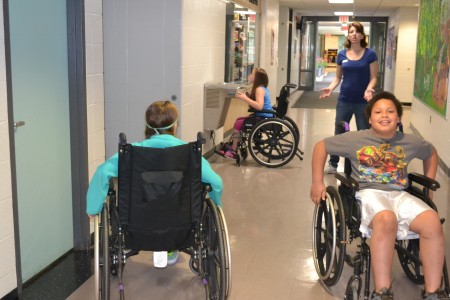
Alicia Nalepa, who has helped chair the event for several years now, said the kids say they love the event, which leaves a lasting impression.
“I think it’s important for our children to experience the different disabilities that people in society face,” she said. “And that way, when they run into someone who is in a wheelchair, or with a walking cane, or reading Braille, they understand and have some compassion for those folks.”
AAPAC co-chair Mary Duerksen said another good outcome for the fourth graders is normalizing interacting with people with disabilities and becoming aware that others may have “invisible disabilities.”
” I’ve observed that there is just something about that age that makes DAW a perfect fit with their stage of development,” she said.
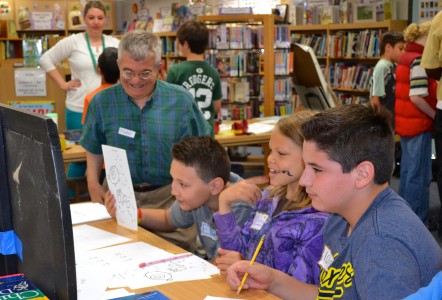
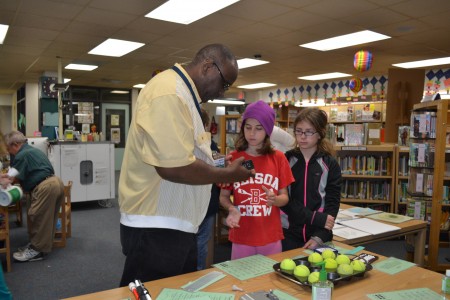

Be the first to comment